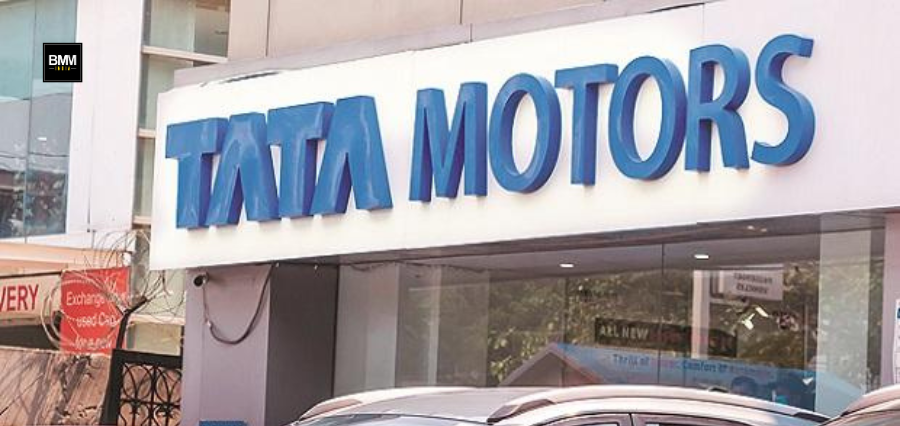Key Highlights :
Tata Motors will implement the full GST reduction, reducing the price of commercial vehicles by ₹30,000 to ₹4.65 lakh from 22 September 2025.
The move is expected to lower fleet operators’ operating costs, enhance logistics efficiency, and drive vehicle modernization.
Key Background :
The GST Council has come to the decision that it would lower the GST rate on commercial vehicles from 28 percent to 18 percent with effect from 22 September 2025. The policy action has been taken with an aim towards lowering the cost burden of India’s transport and logistics sector, which is burdened with the task of driving the economy as well as facilitating supply chains. Lower taxes should be enough to make cars affordable so that more investment can be directed to fleet upgrade and expansion.
Tata Motors, India’s biggest commercial vehicle manufacturer, was the first to react to the turmoil by deciding to transfer the entire benefit of the tax reduction to the customers. The company explained that it is not a pricing issue but one of enabling people who are the backbone of India’s transportation business. By rendering the products cost-effective, Tata Motors is striking a balance between national economic goals and government proposals for building the logistics infrastructure.
The price decrease will be large in all segments. Heavy commercial vehicles, the movers of long-haul freight movement, will now get a decrease of up to ₹4.65 lakh. Light and intermediate commercial vehicles, with medium-size movement, will decrease by up to ₹3 lakh. Passenger vehicles like buses and vans will be subsidized by up to ₹4.35 lakh, while light commercial vehicles and pickups that are widely used by small and medium enterprises will be cheaper by ₹30,000 to ₹1.10 lakh.
For transport managers and fleet owners, the message is lower total cost of ownership (TCO) from today. Lower purchase costs in addition to the fuel efficiency of newer-generation cars will enable companies to operate more efficiently and stay in the game. Timing is also right, with the festival season itself seeing typically higher demand for commercial vehicles. Tata Motors has called upon customers to drive to dealerships and compare new prices and make advance bookings to take advantage of the offer.
The industry impacts are likely to be significant. Lower entry cost is likely to lead to replacement of old, less efficient vehicles, encouraging adoption of new, cleaner, and safer ones. The trend also accords with wider national goals of decelerating logistics cost as a percentage of GDP, enhancing rural and urban connectivity, and encouraging sustainable growth in transport.
In fact, the move by Tata Motors is more than short-term financial relief to customers. It is a long-thought-out initiative that will alter the competitive landscape in India’s commercial vehicle business, encourage modernization, and enhance the nation’s logistics infrastructure. The price cut would not only be to the advantage of small traders and transporters but also give long-term vigor and efficiency to the Indian economy.
About the Author
Abhishek Roy
Abhishek Roy is a Managing Editor at Business Minds Media India.

